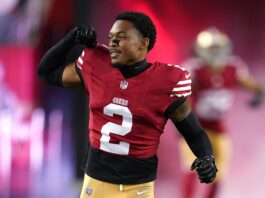
Each April, NFL war rooms buzz with sophisticated analytics and decades of scouting expertise, yet teams consistently make decisions that would make a Vegas blackjack dealer wince. It’s like watching a chess grandmaster suddenly decide to play checkers—organizations armed with more data than NASA still manage to confound logic with breathtaking regularity.
This annual theater of the absurd exposes the eternal battle between spreadsheets and gut feelings, where million-dollar mistakes bloom like weeds despite exhaustive preparation. Understanding why brilliant minds make baffling choices offers a masterclass in organizational psychology and the beautiful chaos that makes the NFL Draft irresistibly watchable.
12. The NFL Draft Paradox: Analytics vs. Gut Instinct

You’ve probably wondered why NFL teams with armies of analysts sometimes ignore their own recommendations faster than a teenager dismisses parental advice. The Bears’ 2017 decision to trade up for Mitchell Trubisky—passing on Patrick Mahomes and Deshaun Watson—perfectly illustrates this disconnect.
Despite having comprehensive data suggesting better options, Chicago’s brass followed their instincts straight into quarterback purgatory. This organizational psychology reveals how panic and hubris create a toxic cocktail that turns rational executives into draft-day lottery players.
11. The Data Revolution Meets Stubborn Reality
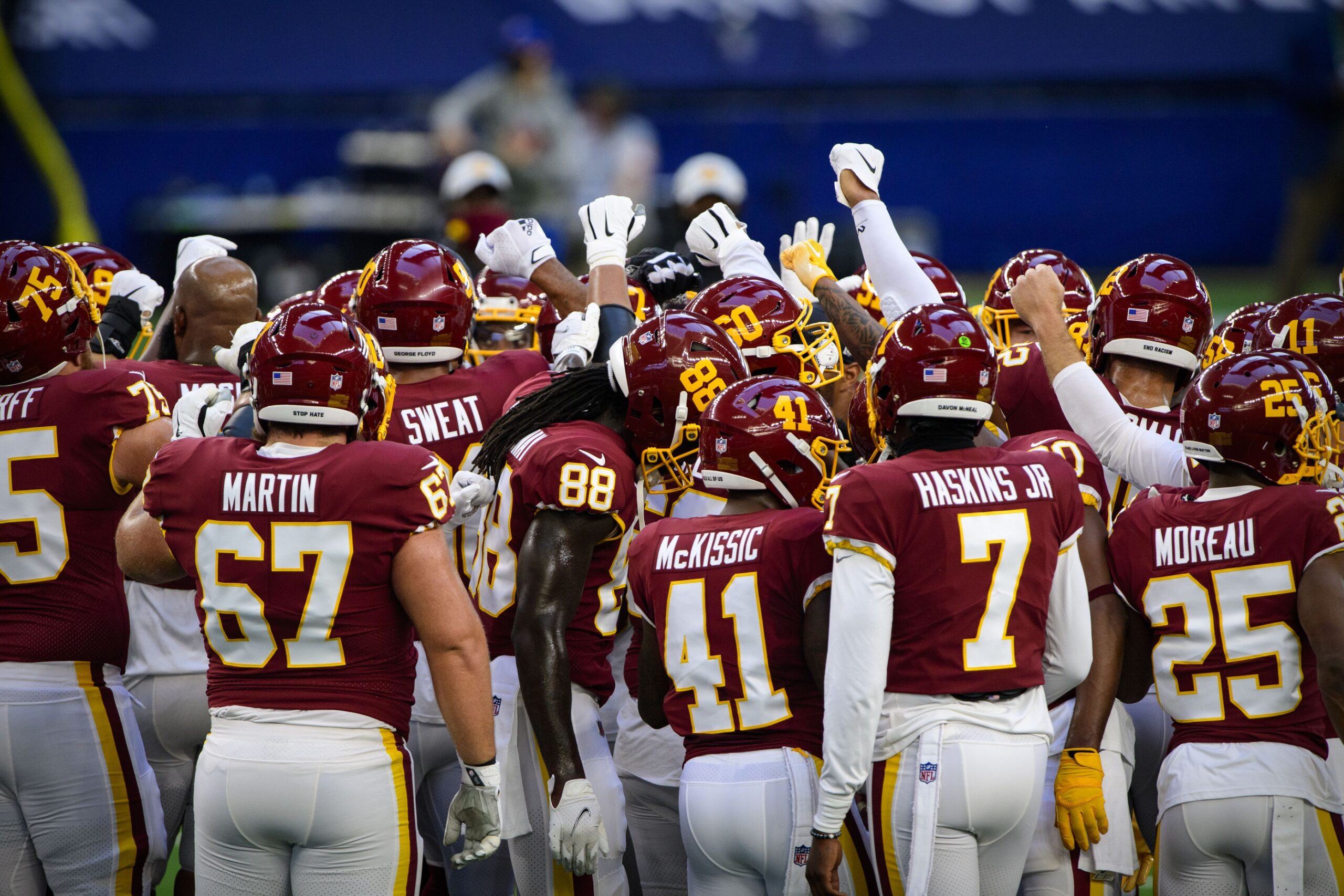
Modern NFL franchises stockpile player data like doomsday preppers hoard canned goods—yet somehow still end up starving when decision time arrives. Teams employ small villages worth of analysts who create gorgeous spreadsheets that executives admire before promptly ignoring.
The Jaguars’ 2013 selection of Luke Joeckel over Ezekiel Ansah exemplifies this stubborn romance with traditional evaluation. Despite advanced metrics favoring pass rushers, Jacksonville chose the “safe” tackle who became a cautionary tale about overthinking obvious talent.
10. The Losers’ Curse: Why Teams Trade Like Drunk Sailors
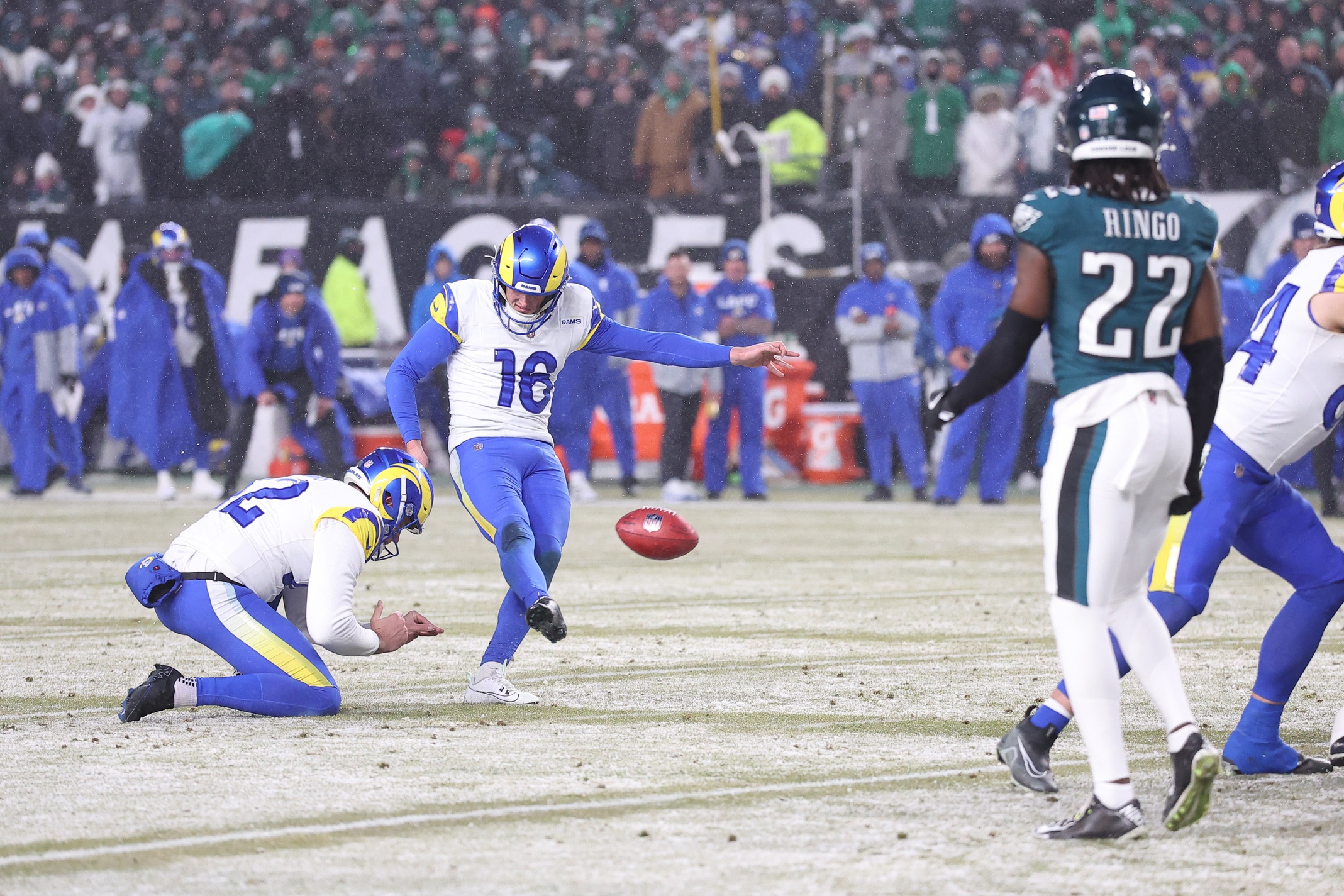
Research by economists Richard Thaler and Cade Massey reveals that NFL teams trade draft picks with all the financial acumen of someone buying lottery tickets at a gas station. The Eagles’ 2016 trade-up for Carson Wentz exemplifies this beautifully—surrendering a bounty that could have built half a roster.
Philadelphia mortgaged multiple picks and a future first-rounder, creating a hole deeper than the Grand Canyon when Wentz’s body betrayed him. Their analysis shows teams consistently overvalue the shiny object while undervaluing the boring arithmetic of accumulated assets.
9. The Superstar Allure: Chasing Unicorns in a Pony Market
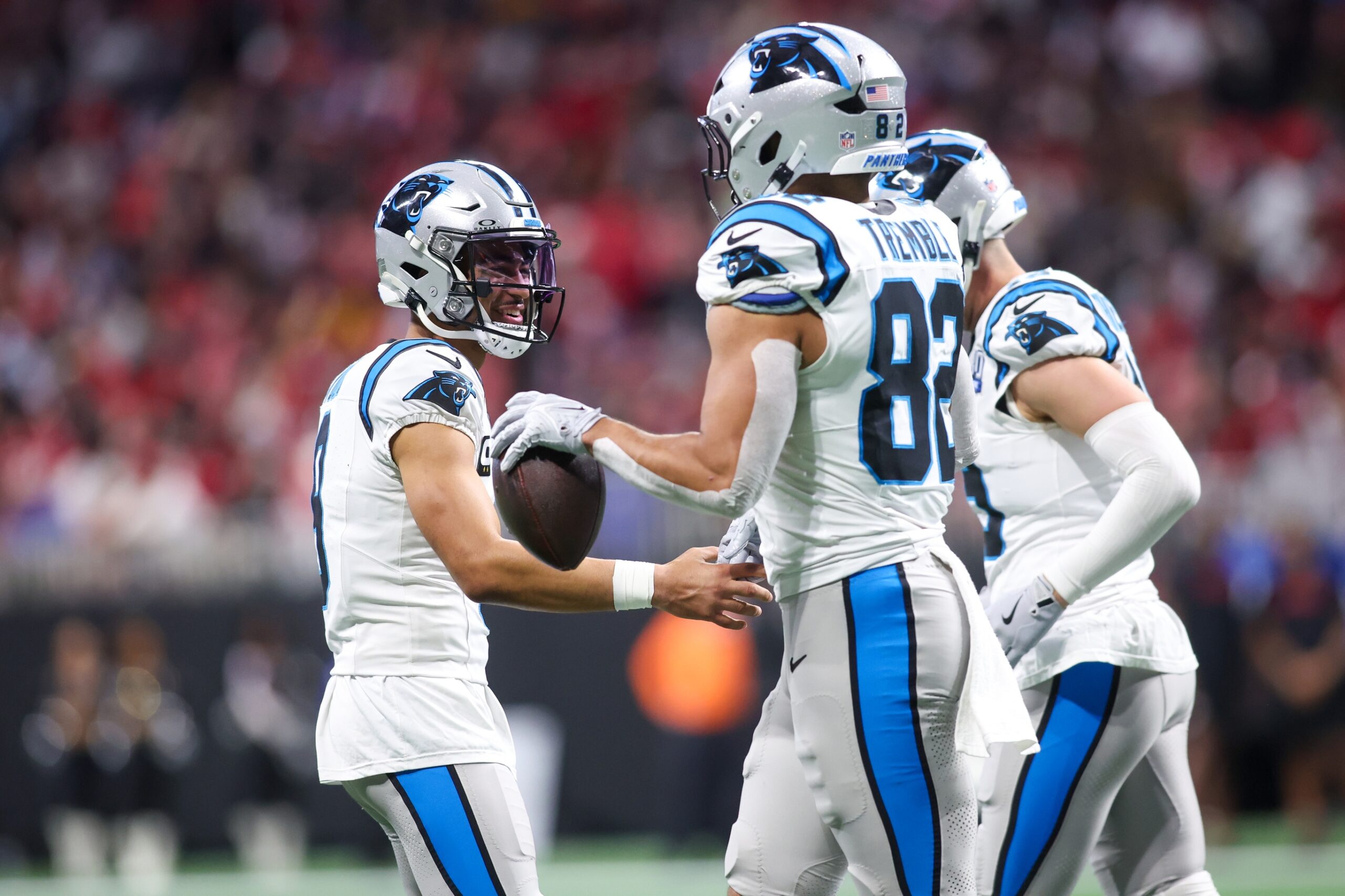
Despite analytics screaming “trade down,” teams chase elite talent like moths to flame—and sometimes get beautifully burned. The Rams’ 2016 blockbuster for Jared Goff seemed brilliant until it became a cautionary tale about overpaying for potential.
Yet draft analytics show that top selections do offer better odds of finding game-changers, even if those odds resemble casino betting more than sure things. The Chiefs’ patient approach with Patrick Mahomes proves that sometimes the unicorn hunt pays off—when you’re smart enough to let someone else overpay first.
8. The Quarterback Conundrum: Playing Russian Roulette with Rookie Deals
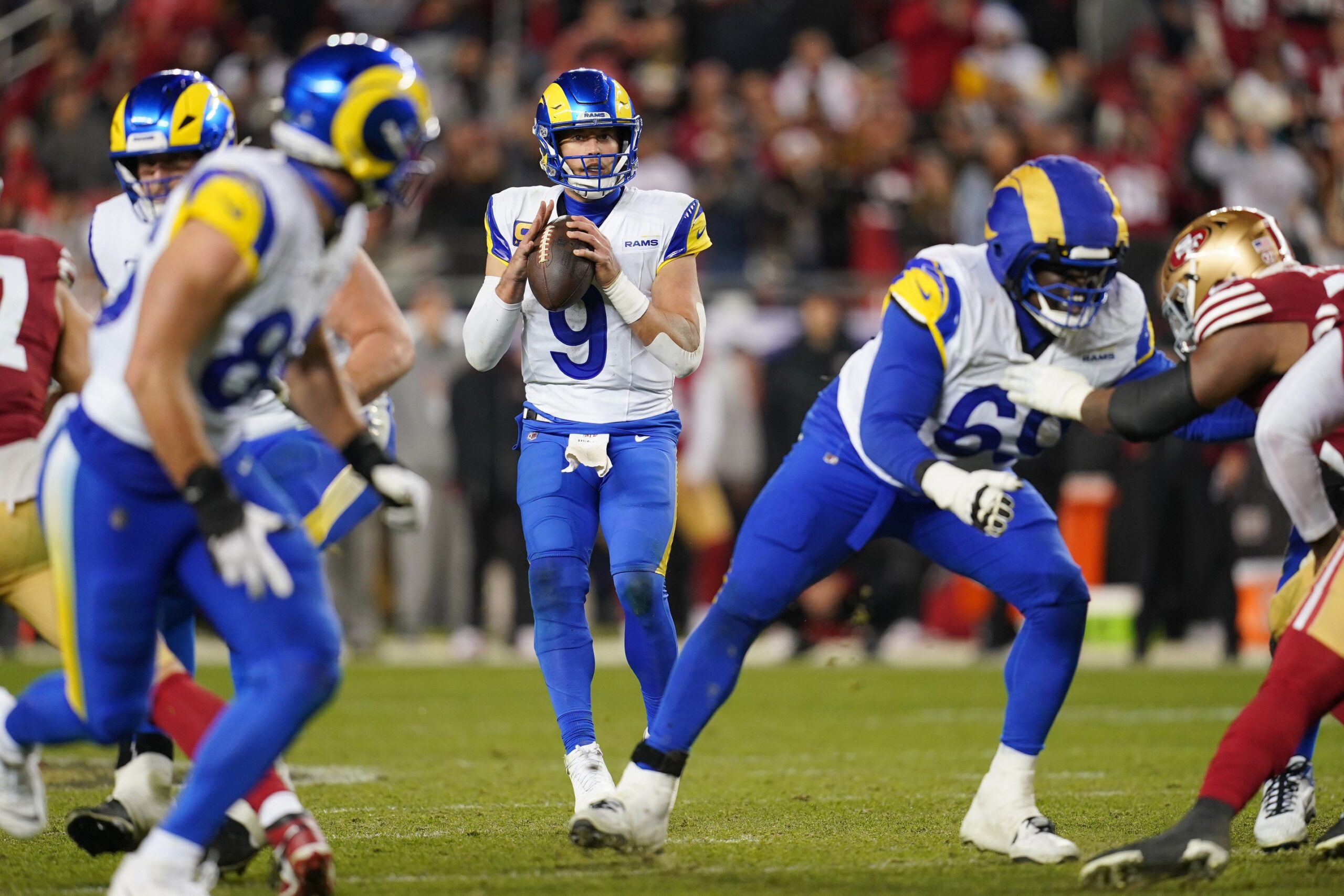
Quarterback evaluation makes weather forecasting look like exact science—and we all know how reliable meteorologists are. The 2018 draft perfectly captured this chaos: Josh Allen looked like a project, Josh Rosen seemed NFL-ready, and Baker Mayfield split opinions like a political debate.
Three years later, Allen emerged as a superstar while Rosen bounced around like a pinball. The financial structure of rookie quarterback contracts under the current CBA creates irresistible temptation—imagine getting a Ferrari for Honda Civic money, if you can just guess which rusty jalopy might transform.
7. Hot Seat Incentives: Why GMs Think Like Day Traders
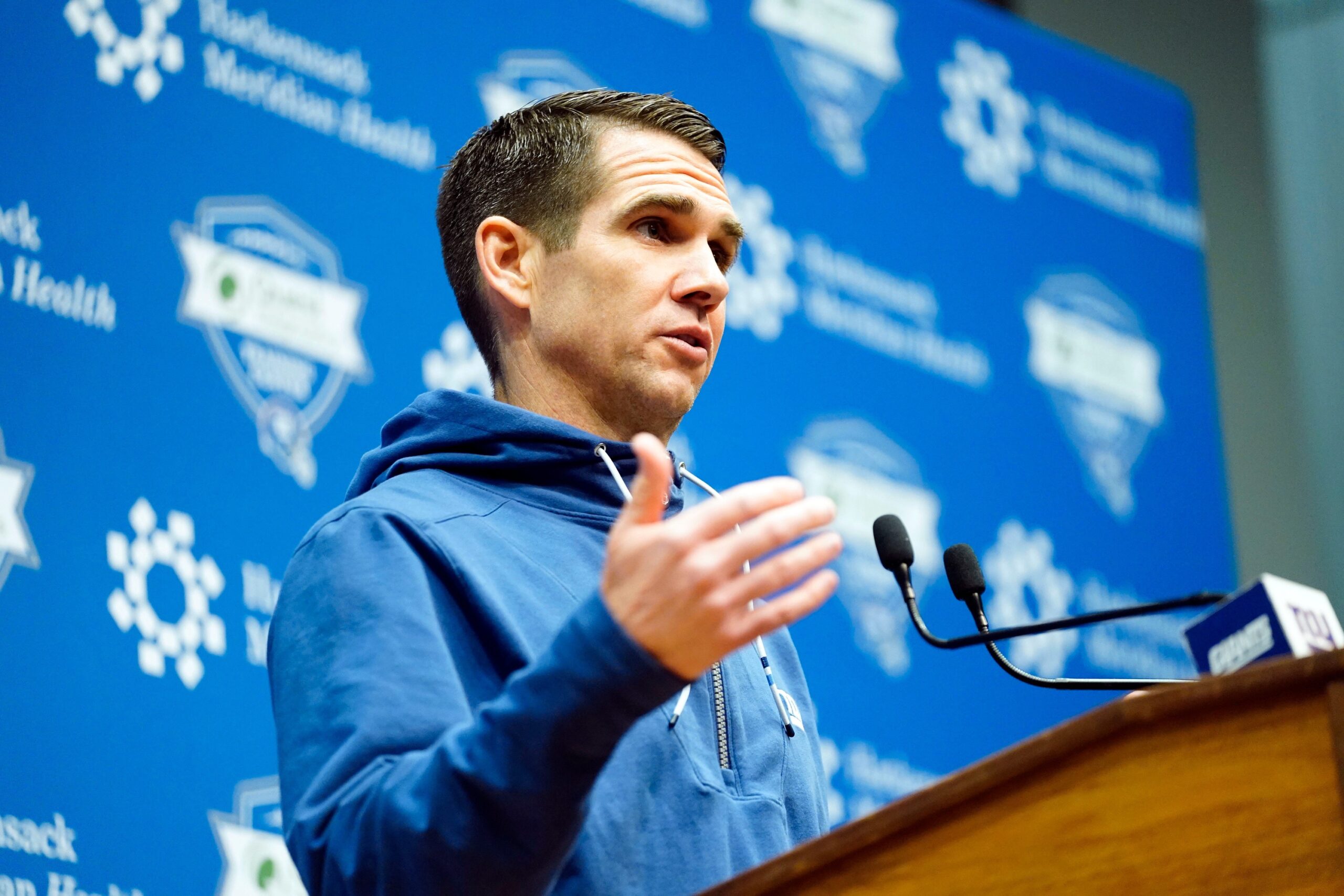
NFL general managers enjoy job security somewhere between substitute teachers and reality TV stars—which explains their tendency to mortgage tomorrow for today’s playoff push. Dave Gettleman’s Giants tenure perfectly embodied this desperation, trading future picks for aging veterans while the franchise burned.
This pressure cooker environment transforms rational executives into draft-day gamblers who’d make Wall Street blush. When your career lifespan resembles a fruit fly’s, the temptation to swing for immediate fences becomes irresistible, even when the smart money says bunt.
6. Stability Breeds Success: The Tortoise vs. Hare Reality

Organizational stability works like compound interest—boring at first, beautiful over time. The Steelers have operated with just three coaches since 1969, creating a culture where analytics and scouting mesh like peanut butter and jelly instead of oil and water.
Meanwhile, franchises that change leadership more often than teenagers change crushes struggle to develop coherent philosophies. The Browns’ revolving door of executives from 1999-2019 produced more comedy than championships, proving that consistency beats cleverness in the long game of franchise building.
5. The Elusive Crystal Ball: When Experts Become Comedians

Predicting NFL success makes fortune telling look scientific—at least psychics admit they’re making educated guesses. The 2017 draft showcased this beautifully: supposed sure-thing Leonard Fournette flamed out while “workout warrior” Christian McCaffrey became a superstar.
Football’s complexity creates more variables than a calculus equation, where injuries, scheme changes, and locker room chemistry transform can’t-miss prospects into trivia answers. Even sophisticated models can’t account for the butterfly effect when a player’s confidence shatters like dropped china.
4. Analytics Integration: When Nerds Meet Jocks Successfully

The most successful franchises treat analytics and scouting like a buddy cop movie—different approaches that work better together than apart. Baltimore’s 2018 selection of Lamar Jackson exemplified this harmony, combining traditional mobility evaluation with advanced college analytics.
While old-school scouts worried about Jackson’s throwing mechanics, the Ravens’ integrated approach recognized how his unique skill set could revolutionize offensive schemes. Teams that successfully blend number-crunching with eye-testing create advantages over organizations still fighting the false war between data and instinct.
3. Draft Value Charts: From Jimmy Johnson to Modern Analytics
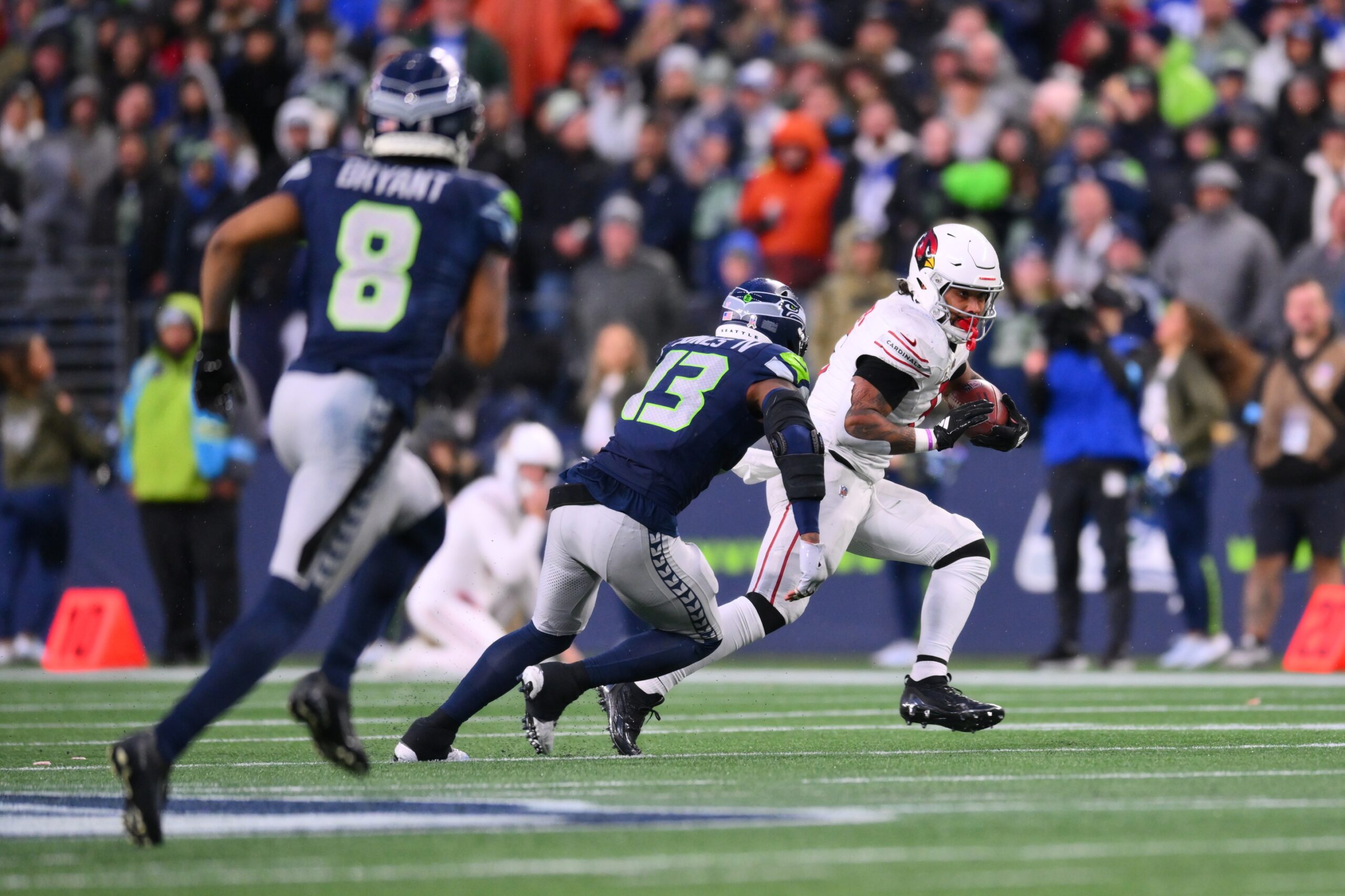
Traditional draft value charts like the Jimmy Johnson model have become less relevant in modern NFL evaluation. These static charts don’t account for positional value, current contract structures, and comprehensive player performance data.
Contemporary analytical approaches offer dynamic, data-driven alternatives that better reflect true draft pick values. Teams leveraging modern trade models gain advantages in draft day negotiations compared to organizations still relying primarily on outdated valuation systems.
2. The Rookie Wage Scale Impact: Post-2011 CBA Changes

The 2011 CBA fundamentally altered draft economics by dramatically reducing rookie contract costs, making early-round selections significantly more valuable propositions. High draft picks no longer represent budget-busting investments that can cripple salary cap management.
This financial restructuring incentivizes aggressive drafting strategies and increases the value of accumulating premium selections. Teams can now afford to take calculated risks on high-upside prospects without facing the salary cap consequences that previously made early picks prohibitively expensive.
1. Case Studies: The Franchises That Cracked the Code

Some organizations draft like master chess players while others resemble toddlers playing with blocks. The Patriots’ 2010s run demonstrated systematic excellence—finding gems like Julian Edelman in round seven while others whiffed on first-round “sure things.”
Baltimore’s sustained success stems from treating draft evaluation like a science experiment rather than a guessing game. They’ve discovered that effective drafting requires the patience of a monk, the curiosity of a scientist, and the humility to admit when your brilliant theory gets demolished by reality’s cruel sense of humor.



